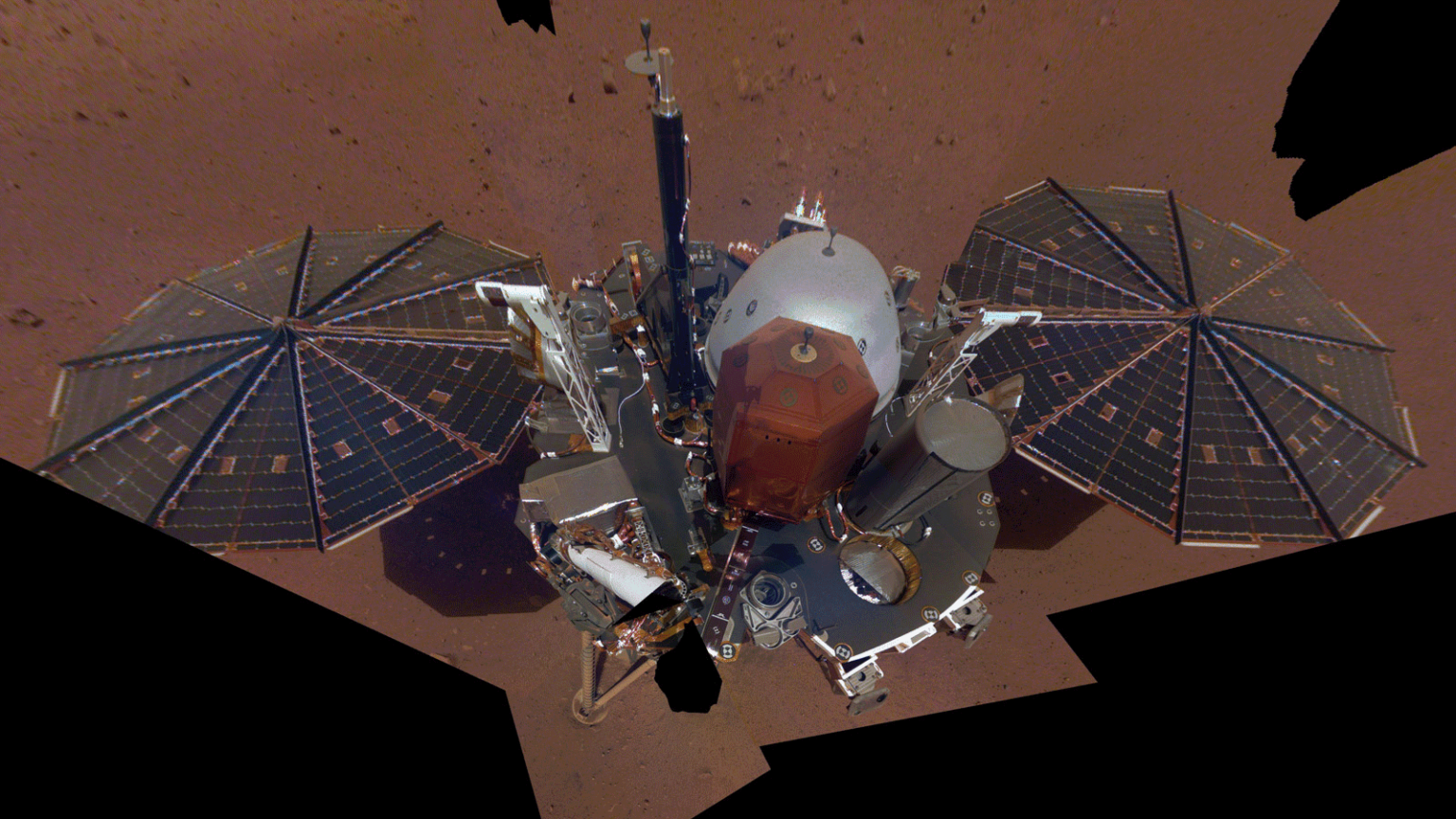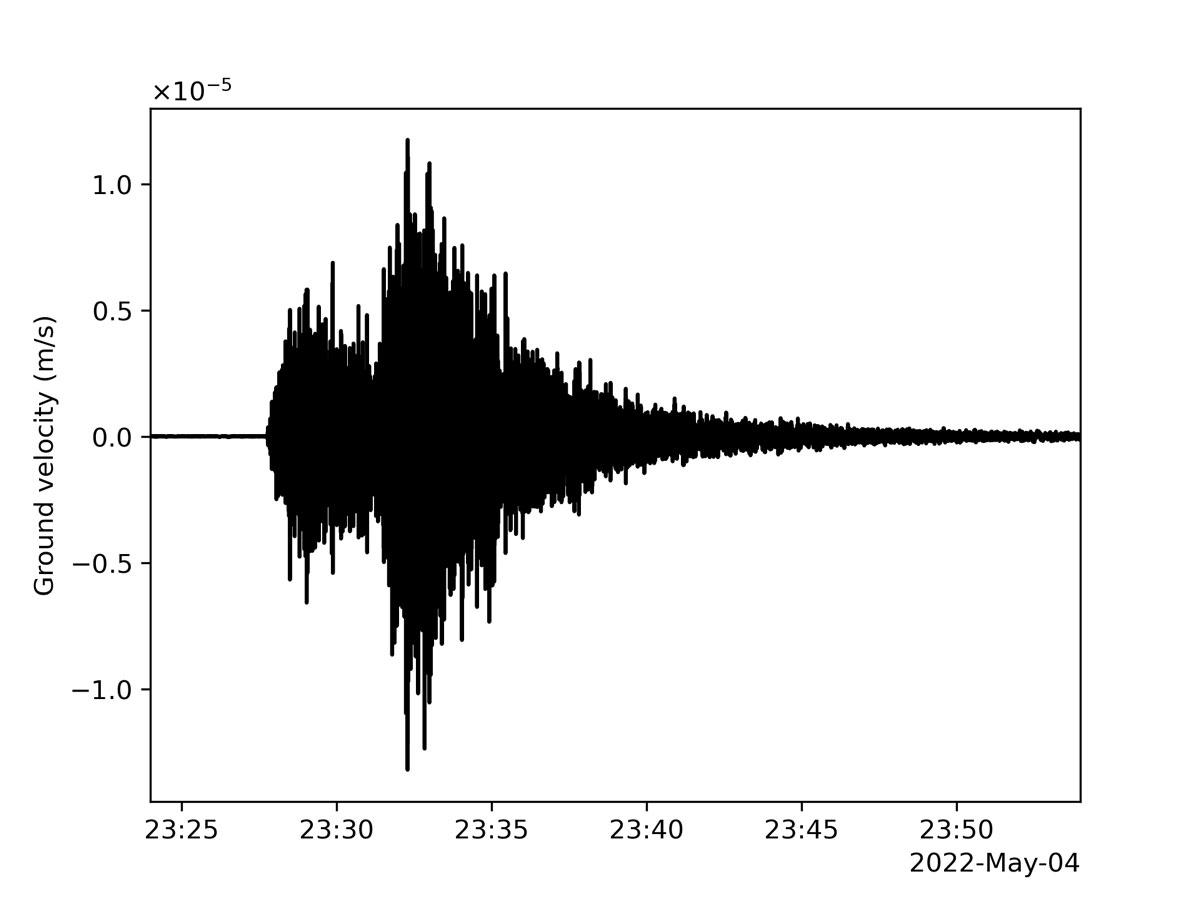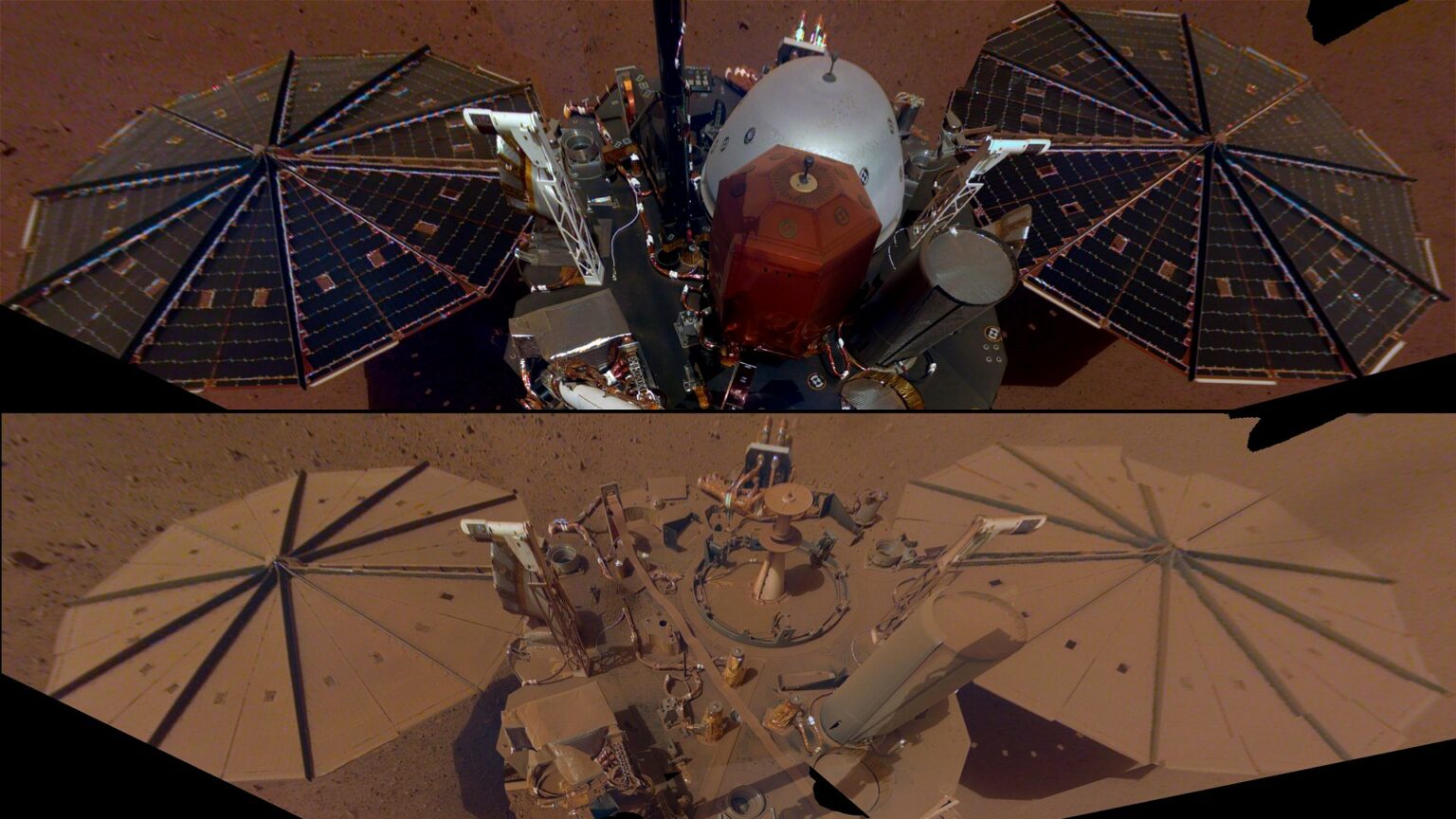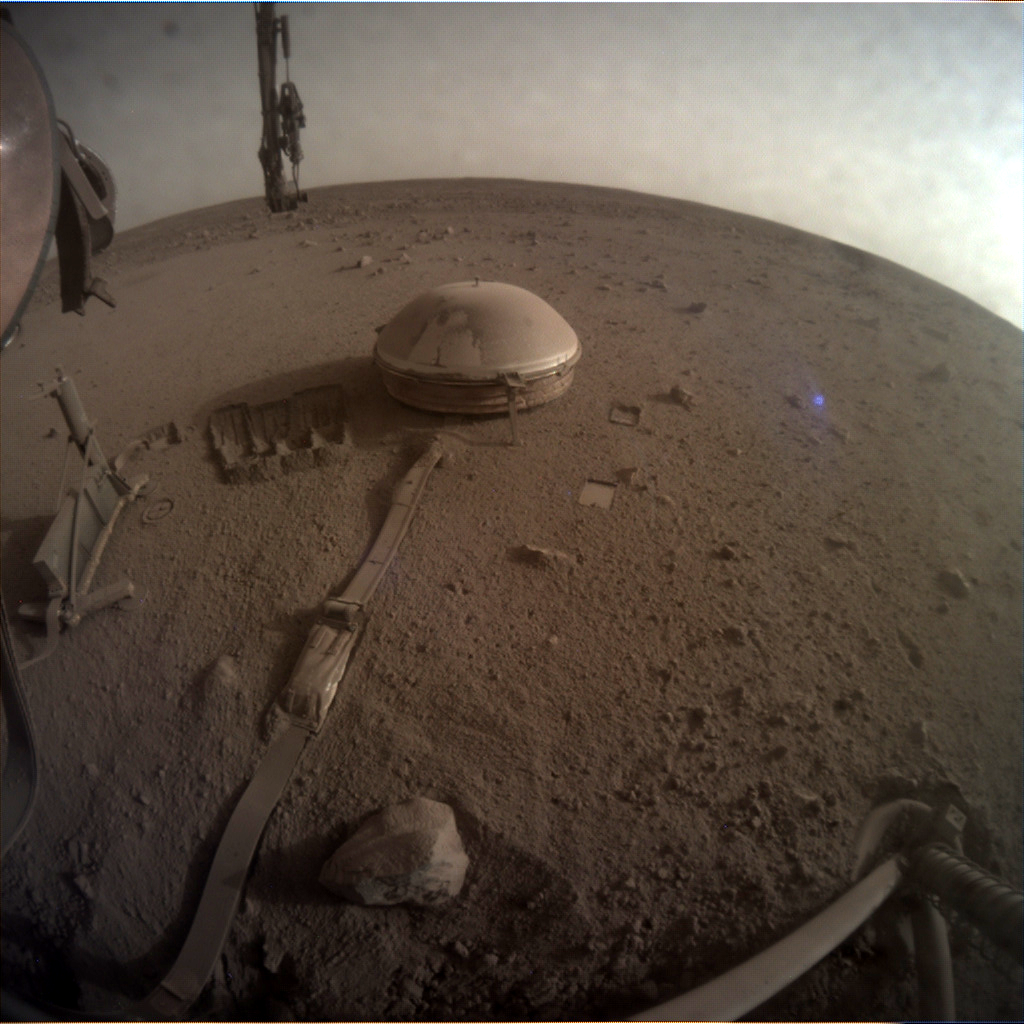NASA has announced the official end of the InSight mission. The spacecraft, located on the surface of Mars, missed two consecutive sessions of communication with the Earth and, according to the accepted protocol, was declared dead.
A mission that peeked deep into Mars
InSight landed on Mars in November 2018. The main task of the mission was to study the internal structure and tectonic activity of the Red Planet. To do this, the device unloaded the SEIS seismometer to the surface, which registered 1,319 different shocks and vibrations. Some of them were caused by falling meteorites, but most were still recognized as the consequences of processes taking place in the bowels of the planet.

The number and strength of Marsquakes surprised many scientists who believed that in the geological sense the Red Planet is a dead world and such events are extremely rare there. But the InSight data has forced planetary scientists to reconsider their ideas about Mars. It turned out that it is much more active than previously thought. The record-breaking Marsquake was recorded on May 4, 2022. Its magnitude was 5 points.

The second most important goal of the mission was to measure the flow of heat coming from the interior of Mars. This task was assigned to the HP3 tool. Unfortunately, due to the unusual properties of the soil at the landing site, it never managed to reach the working depth, which led to the failure of the experiment.
The fatal dust
InSight was designed to last for two years, but actually operated for more than four years. It could have collected data for a longer time, but unfortunately it was running out of energy. The fact is that during the years of being on the Martian surface, a thick layer of dust has accumulated on its solar panels. If at the time of landing they generated about 5 thousand watts of energy per hour, then by 2022 this figure has decreased to 500 watts.

In an attempt to find a solution to the problem, engineers took some measures to knock down some of the dust, but it only delayed the inevitable. Hopes that a small tornado would pass through InSight (they occur quite often on Mars) and blow away all the dust from its solar panels did not come true either. In the past, such eddies have rescued the Spirit and Opportunity rovers several times. Unfortunately, InSight was not so lucky. Back in the spring of 2022, NASA published a very disappointing forecast, according to which it will no longer receive enough energy to maintain communication with Earth by December.
The final days of InSight
As the amount of available energy decreased, specialists had to gradually curtail the program of scientific observations. The SEIS seismometer was the last to be turned off. On December 11, InSight transmitted what turned out to be its final image. On December 15, the device was last contacted. During the next session, which took place on December 18, it no longer responded to the Earth team.

NASA announced in advance that it would consider the mission complete if the probe missed two consecutive communication sessions. After attempts to restore contact were unsuccessful, the Aerospace Agency announced the termination of the apparatus’ mission. It is reported that, just in case, NASA experts will check the ether for some time. But the probability that InSight will suddenly make contact is astronomically small.

